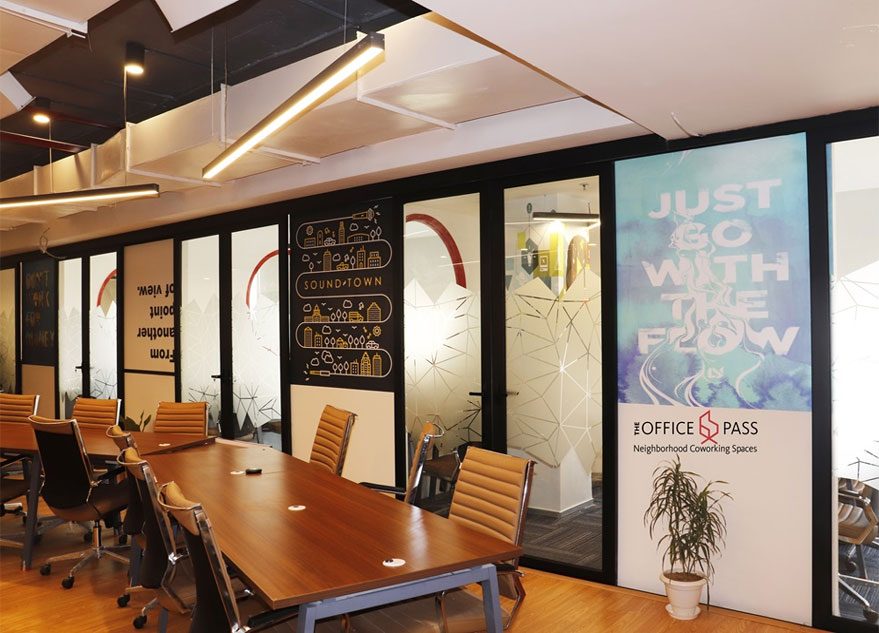There are several challenges that startups face in today’s competitive business landscape. These challenges are faced while striving to establish startups in the market, attract customers, and secure funding. However, investing in public relations (PR) emerges as a crucial strategy amidst such challenges for startups looking to gain a competitive edge and propel their growth trajectory. Here’s why Startups should invest in public relations (PR), especially in the current business landscape as mentioned below:
💡 Are you looking for Coworking space in Gurgaon, Noida or Delhi? We are just a call away.
Call Now: 08999 828282
10 Reasons Why Startups Should Invest in Public Relations in 2024
- Building Brand Awareness
- Establishing Credibility and Trust
- Attracting Investors
- Driving Customer Acquisition
- Managing Reputation and Crisis Communications
- Supporting Marketing Efforts
- Staying Competitive
- Fostering Relationships with Stakeholders
- Adapting to Evolving Trends and Challenges
- Long-Term Growth and Sustainability

1. Building Brand Awareness
PR helps startups to increase visibility and to reach out to a wider audience. By getting featured in relevant publications and securing media coverage, startup businesses can introduce their brand to potential customers, investors, and partners.
2. Establishing Credibility and Trust
Positive media coverage and endorsements from reputable sources go a long way to enhance the credibility of a startup and build trust with its target audience. PR helps in positioning startups as thought leaders and industry experts to foster confidence in their products or services.
3. Attracting Investors
Generally, investors look for startups that have a strong media presence as well as a positive reputation. PR is the tool that can help startups to showcase their achievements, milestones, and potential. All this makes them more attractive investment opportunities.
4. Driving Customer Acquisition
PR campaigns can generate buzz and interest in a startup’s offerings to drive customer acquisition and sales. Media coverage, influencer endorsements, and strategic partnerships can all contribute to increasing customer interest and conversion rates.
Also Read: How to Create Brand Awareness for Your Start-Up Using Social Media
5. Managing Reputation and Crisis Communications
In today’s digital age, maintaining a positive reputation is crucial for startups. This positive reputation can be built through PR. PR professionals can help startups navigate crises, address negative publicity, and manage communications effectively to protect their brand reputation.
6. Supporting Marketing Efforts
PR complements marketing efforts by providing third-party validation and increasing brand visibility through earned media. Integrated PR and marketing campaigns can amplify a startup’s messaging and reach across multiple channels.
💡 SMBs looking for HR, Marketing, Technology and Funding solutions for their business.
Call Hello Jarvis 994 8000 800
7. Staying Competitive
In competitive markets, startups need to differentiate themselves by standing out from their competitors. PR is the tool that can help startups to highlight their unique value proposition, innovation, and achievements. It, thus, gives them a competitive edge in the industry.
8. Fostering Relationships with Stakeholders
PR efforts can help startups cultivate relationships with various stakeholders, including customers, investors, partners, and the media. Building strong relationships enhances brand loyalty, facilitates business development opportunities, and creates advocates for the startup.
9. Adapting to Evolving Trends and Challenges
PR professionals are skilled at staying abreast of industry trends, news cycles, and emerging challenges. By investing in PR, startups can ensure to Long-Term Growth and Sustainability:adapt quickly to the changes in the business environment and capitalize on new opportunities.
10. Long-Term Growth and Sustainability
PR is a long-term investment for the growth and sustainability of a startup. By building a positive brand reputation, fostering relationships, and staying top-of-mind with stakeholders, startups can lay the groundwork for continued success and expansion.
To sum up, investing in PR right now can provide startups with a strategic advantage, helping them navigate challenges, seize opportunities, and achieve their business objectives in a competitive market landscape.
If you are a startup looking for the best space to start your company, you can choose to set up your office at The Office Pass (TOP), a co-working space available in Delhi NCR offering all the modern-day facilities under one roof to run small to medium businesses. Contact us at 08999 828282 for more details.
FREQUENTLY ASKED QUESTIONS (FAQS):
Question: What is the primary benefit gained by startups investing in public relations?
Answer: The primary benefit is increased visibility and brand awareness, which can help startups reach a wider audience and attract attention from customers, investors, and partners.
Question: Can public relations help startups establish credibility and trust?
Answer: Public relations efforts, such as securing media coverage and endorsements, help startups build credibility by positioning them as industry experts and thought leaders, which in turn fosters trust among their target audience.
Question: Why is investing in public relations a compelling reason to attract investors for startups?
Answer: Investors often seek startups with a strong media presence and positive reputation. Public relations can help startups showcase their potential, achievements, and market traction, making them more appealing to investors.
Question: Does public relations contribute to driving customer acquisition for startups?
Answer: Public relations campaigns generate buzz and interest in startups’ offerings, leading to increased customer acquisition and sales. Media coverage, influencer endorsements, and strategic partnerships can all contribute to this effort.
Question: Does public relations play any role in managing reputation and crisis communications for startups?
Answer: Public relations professionals help startups navigate crises, address negative publicity, and manage communications effectively to protect their brand reputation and maintain trust with stakeholders.
Question: In what ways does public relations support startups’ marketing efforts?
Answer: Public relations complements marketing efforts by providing third-party validation and increasing brand visibility through earned media. Integrated PR and marketing campaigns amplify startups’ messaging across multiple channels.
Question: Why is staying competitive a compelling reason for startups to invest in public relations?
Answer: With severe competition in the market, startups must do things to differentiate themselves. Public relations helps startups highlight their unique value proposition, innovation, and achievements, giving them a competitive edge.
Question: How does public relations help startups foster relationships with stakeholders?
Answer: Public relations efforts help startups cultivate relationships with customers, investors, partners, and the media. Building strong relationships enhances brand loyalty, facilitates business development opportunities, and creates advocates for the startup.
Question: How does PR support startups to adapt to evolving trends and challenges?
Answer: Public relations professionals stay abreast of industry trends, news cycles, and emerging challenges. Investing in public relations ensures that startups can adapt quickly to changes in the business environment and capitalize on new opportunities.
Question: Is there any benefit of startups investing in public relations?
Answer: Investing in public relations lays the groundwork for long-term growth and sustainability. By building a positive brand reputation and fostering relationships, startups can position themselves for continued success and expansion in the future.









